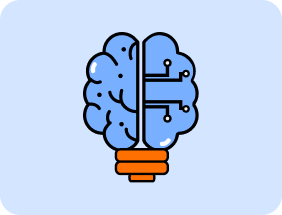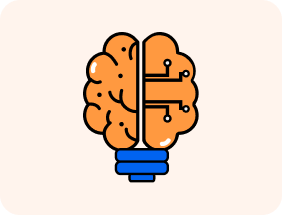- Home
- Solutions
- Join Community
- Methodology
- Limited Offer
-
Pricing
- More
What is the Activity?
The Thematic Appreciation Test (TAT) is a classic psychological and educational tool redesigned with AI to make it interactive and learner-focused. In this activity, participants are presented with a series of prompts, these may be written stories, images, or short audio clips that are intentionally open-ended. The learner’s role is to interpret these prompts by narrating what they see, feel, or imagine.
The AI system personalizes the test by letting learners (or instructors) choose from multiple options: the objective (such as emotional response assessment, personality insights, or behavior analysis), the story type (ambiguous scenarios, conflict-driven, or everyday life), and the target audience (students, professionals, children, etc.). Learners can also select the response method written or oral and decide on the test length.
For example, a learner may receive a workplace conflict story and be asked to write or speak about how they would feel and respond. Another prompt could involve an abstract image that requires interpretation, encouraging creative projection. By tailoring the challenge to goals and audience, TAT becomes a flexible exercise that enhances self-awareness, empathy, and communication skills.




 Individual
Individual
 Learner
Learner Mentor
Mentor Organisation
Organisation
 Learner
Learner Mentor
Mentor Organisation
Organisation




